Category — Features
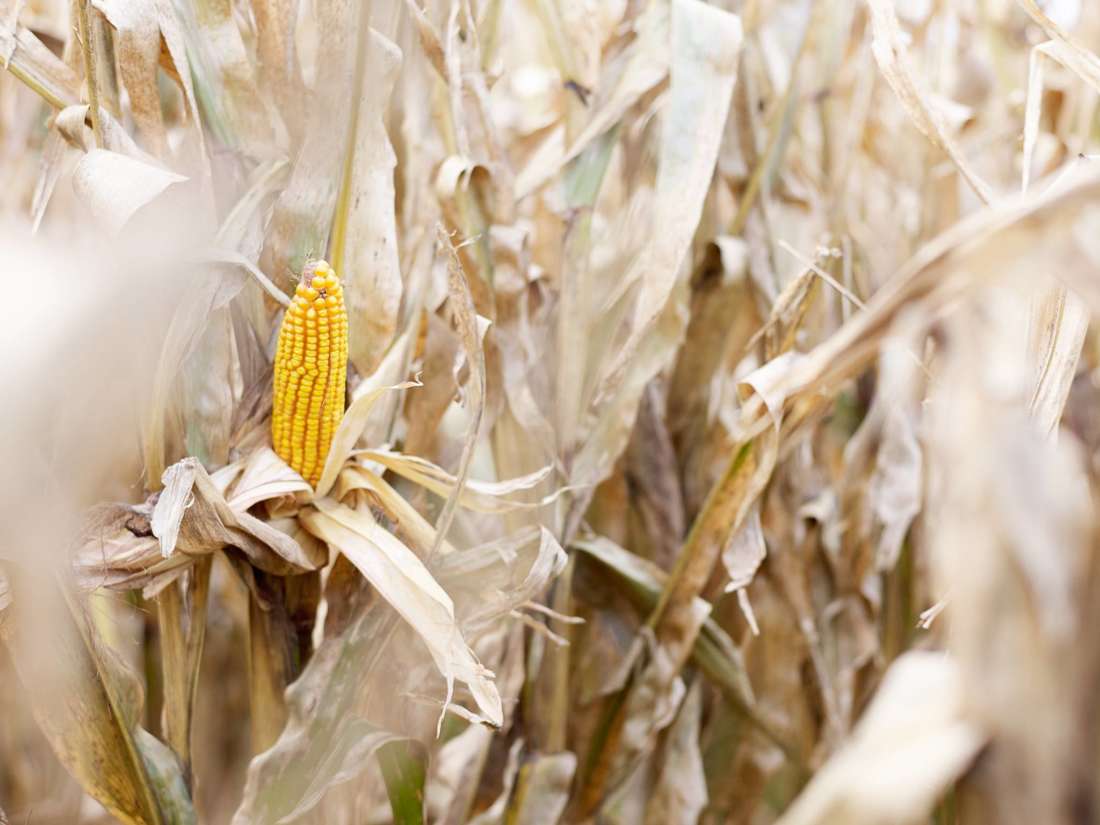
Organics: Radical? Or just good business?
Ben Bostock is curious and infectiously energetic, he can’t sit still and paces as he talks on his phone which rings constantly. He is humble and totally transparent when explaining his work. This is refreshing in an industry that is notorious for keeping secrets, farm gates firmly closed to the media. His knack for keeping things simple and focusing on the crucial elements of his operation have seen Bostock’s Organic Free Range Chicken expand quickly. Ben makes a great farmer.
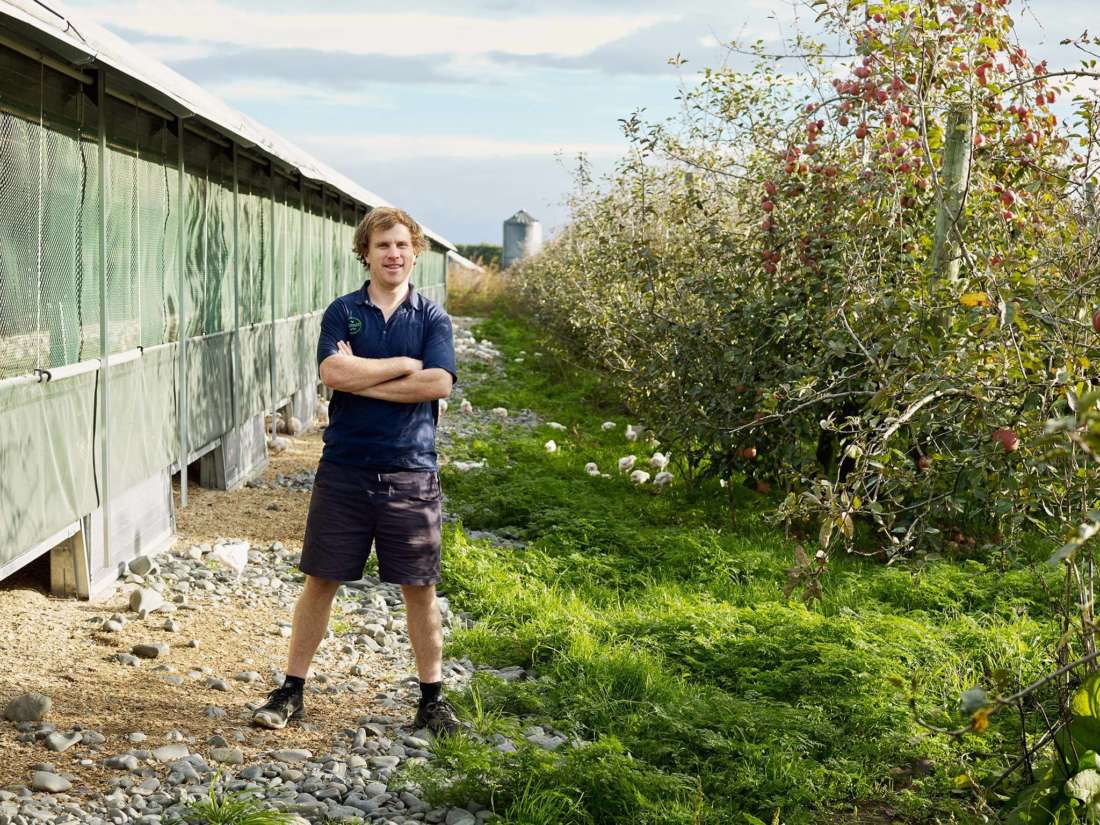
In 2014 when Ben decided to farm chickens, organics was a natural fit, his father John is one of New Zealand’s great champions of organic horticulture, converting Hawkes Bay’s first apple orchard in 1996 after becoming concerned with the industry’s liberal use of pesticides, particularly in the orchards immediately surrounding his family home. You could say organics is in their blood, but after spending two days on their farms it’s clear that it’s also just good business.
Organic and sustainable agriculture can get a pretty bad wrap. We’re often told that low yields and high labour costs make it unrealistic for feeding our growing population, it’s produce looks wonky and is prohibitively expensive. Conventional farming (or industrial agriculture) relies on synthetic chemical fertilisers and fossil fuels to produce high yields and a more uniform product, that’s usually relatively inexpensive. But while we pay less at the shop, we pay more environmentally. These modern systems typically deteriorate soil, eliminate biodiversity and produce more greenhouse gases. Organics tend to rely on ecological services, sustaining the integrity of the landscape and building resilience and biodiversity to ensure future yields.
Recently there has been evidence that sustainable methods can be as efficient, especially when accounting for the ‘true costs’ of production, or what economists call ‘externalities’. The unfortunate reality is that when we’re at the grocery store, most of us can’t afford — or don’t think we can — to think about the environment or our health, so we buy what’s cheap. Organic produce in this country has been consumed almost exclusively by the wealthy and those considered to be hippies.
What’s most encouraging about the work Ben is doing is not only that organic meat is now much more accessible, but that it’s proving farmers don’t have to be ‘radical environmentalists’ to go organic, it’s a sound commercial decision. And it’s scalable, which is important, because New Zealanders eat a lot of meat.
At over 100kgs per capita each year, we are the sixth largest consumer of meat in the world, and a third of that is chicken. In 2017, we’ll eat almost three times the amount of chicken as we did in the mid-eighties. There’s a good reason too, chickens are one of the animal kingdom’s best feed converters. Conventional broilers (chickens raised for meat) convert roughly half of their feed into meat, this makes them twice as efficient as pigs and four times better than cattle and sheep at turning their food into our food. With a growing population eating more animal protein than ever, humans have relied on what was originally a foraging jungle fowl to cheaply satisfy our appetites.
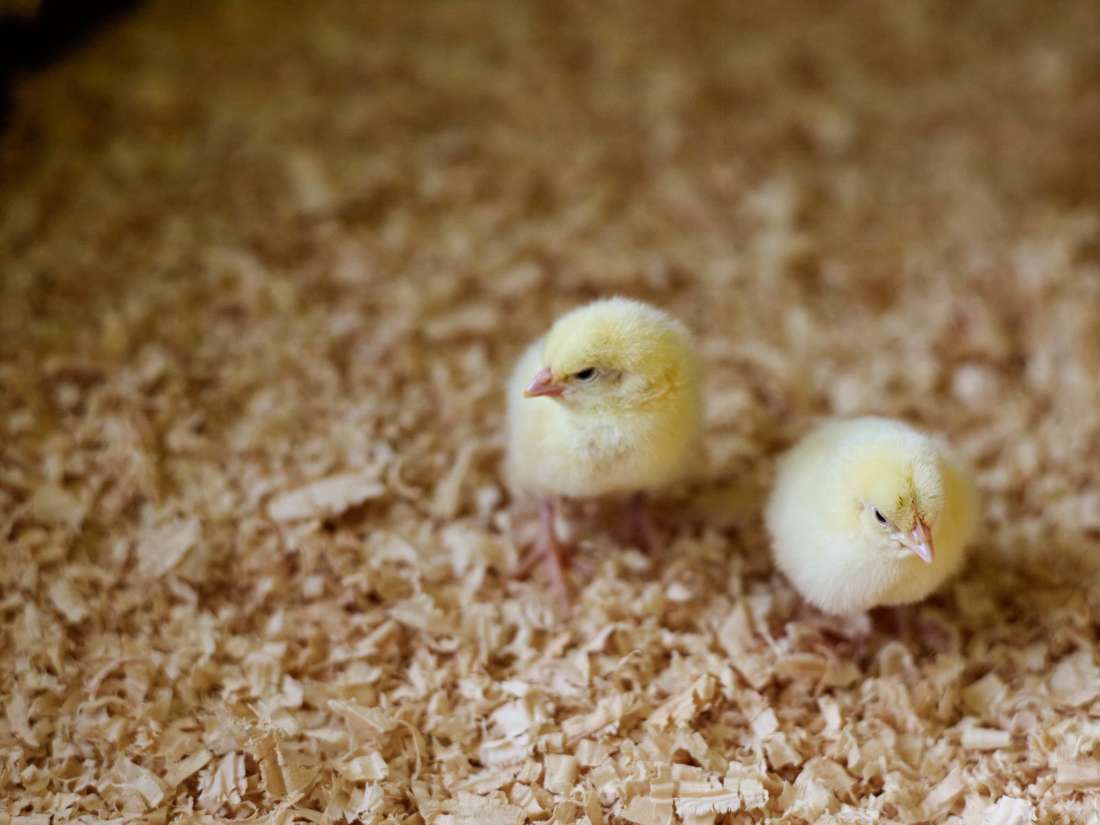
Around 15% of New Zealand chicken is ‘free-range’, a term that some are now aware doesn’t necessarily mean what we thought it did, and only a tiny fraction of that is organic. In California, Scandinavia, and other trendsetting markets, organic food has recently become much more popular, suggesting there is potential for organic chicken to become a larger share of the market here.
While the vast majority of the sheep and cattle in New Zealand eat a natural feed of grass, our chickens eat grain. Why grain? Like chickens, grains are exceptional energy converters and similarly have been bred almost exclusively with this in mind. Doubling global meat consumption since the mid twentieth century was made possible by quadrupling yields of grain.
Before farming chickens, Ben traded what he describes as “commodity beef and lamb”. After three years, he identified an opportunity for farmers to take control of distribution, ditching the wholesalers and selling direct. He wanted to become a farmer. Originally thinking he’d farm beef and sheep, but the scale required to sell direct to market was initially prohibitive. According to Ben you would need to be processing thousands of animals per week to make his distribution model work, because different markets want completely different things.
According to Ben, you would need to be processing thousands of animals per week to make his distribution model work, because international markets want completely different things. The UK will pay the most for lamb legs, whereas China wants lamb flaps, each market sent containers full with one product, and for that you need scale. Unfortunately, we also don’t tend to eat the whole animal here in New Zealand, so it’s necessary to export the offal and fattier cuts in order to keep up with our appetite for the leaner, more expensive ones. Ben suggests these different tastes are dictated by culture; while this is certainly a factor, I tend to think income and wealth are the key drivers.
Chickens being much smaller than beef or lamb mean that purchasing a whole animal is far more feasible, and apart from the feet, hearts and kidneys (we love the livers), kiwis are comfortable with the idea of eating the whole bird, which for Ben made entering the market at such a small scale much easier. “When we decided we wanted to do chickens we were thinking, no one is doing organics, it must be really hard. I went and researched free range chicken farms in NZ and saw that to be free range you could have 40,000 chickens in a shed. It wasn’t our ethos; we didn’t want to have a big battery farm next to the house. So that’s when I went to see the European organic free range models; much smaller scale and something I would prefer to be aligned with. We thought it was natural there would be a market here.”
Like his father 20 years earlier, Ben decided on organics not only because of a gap in the market, but by considering the type of operation he wanted as a neighbour. Bostock’s quickly outgrew their original site and the chickens are now farmed on a 40 hectare apple orchard in the Gimblett Gravels, an area most famous for producing top quality red wines.
On a crisp autumn morning, with birds chirping and the sun poking its way through the apple trees, we spent a few hours in and out of sheds, taking photos, chatting to Ben and meeting some of his staff. Before we arrived Ben rang Glen, a Filipino who manages the farm, to ask if it was OK to come by, clearly not to ensure things were in order for our visit or camera, rather out of courtesy. Glen was off site but we met a handful of other staff, Ben asked Dan (also Filipino) about his sister’s wedding and had a quick chat to Mohammed (Indonesian) about the possibility of getting a visa to work in the processing facility as a halal slaughterman. Like any small-medium sized business owner, Ben needs to know his staff, but these interactions struck me and suggested this ‘boss’ as they call him, really cares.
Being self-employed often means taking on unfamiliar roles like accounting, marketing and HR, but in going organic and changing the distribution model, Ben has made things even more demanding. He’s in control of almost every process involved in growing and selling his chickens and appears to have about three full time jobs. He grows most of the feed, raises the chickens, processes them, then distributes direct to market. His business is growing, so he procures new sites to carry out these activities, and deals with auditors who make sure he’s also caring for his chickens and the environment at the same time. Hectic.
We spoke about the ethics of animal husbandry and the various standards humans as the ‘animals’ in charge have created. Ben’s theory was quite provocative; he says that when contemplating how animals should be treated, humans first consider how they’d like to be treated themselves. This is perhaps why we tend to use the word ‘humane’. It’s no surprise that an artificially lit barn full of thousands of chickens with no visible floor area upsets most people.
Wandering through the chicken sheds on one of his father’s apple orchards was nothing like what I’d seen on scary food documentaries that make you go vegan for a week. The maximum stocking density for fixed sheds under organics is 10 birds per m2. However, Ben only stocks seven to keep within the maximum required flock size of 4800 chickens per shed.
For barn-raised chickens it’s 19 birds per m2, or less than the area of an A4 sheet of paper per bird. The SPCA Blue Tick standard — which is ‘free-range’ — isn’t much better at 17 birds per m2. According to Ben the Blue Tick standard also doesn’t specify maximum flock size, meaning some producers have over 50,000 chickens in each shed.
Bostock’s chickens are grown “as naturally as possible”, which means without the automated light, temperature and humidity control or antibiotics used by large scale farmers to promote faster growth. According to Ben, with smaller flocks and more space for each bird there’s lower disease pressure. I asked if this was how he managed without using antibiotics – forbidden under the organic standard. He explained that commonly used antibiotics like flavomycin aren’t used to prevent disease, but to promote growth. The use of growth hormones in chickens is not permitted in New Zealand, but antibiotics that promote growth or ‘feed efficiency’ as they call it are. According to one of Ben’s vets, none of the diseases these antibiotics could treat ever occur in broilers, they don’t live long enough.
There is much more to organic chicken farming than what goes on inside the sheds and under the apple trees. Organic chickens need organic feed. Bostock’s feed is 50% maize, 25% barley, 12 % soymeal, 10% fishmeal and 3% salts and minerals, a similar (but certified organic) mix to the larger, conventional producers. However, once Ben’s chickens reach a certain age, their feed is left in larger pieces; the bigger, grainier feed is more natural and keeps the chicken’s digestive tracts long, meaning they grow more regularly.
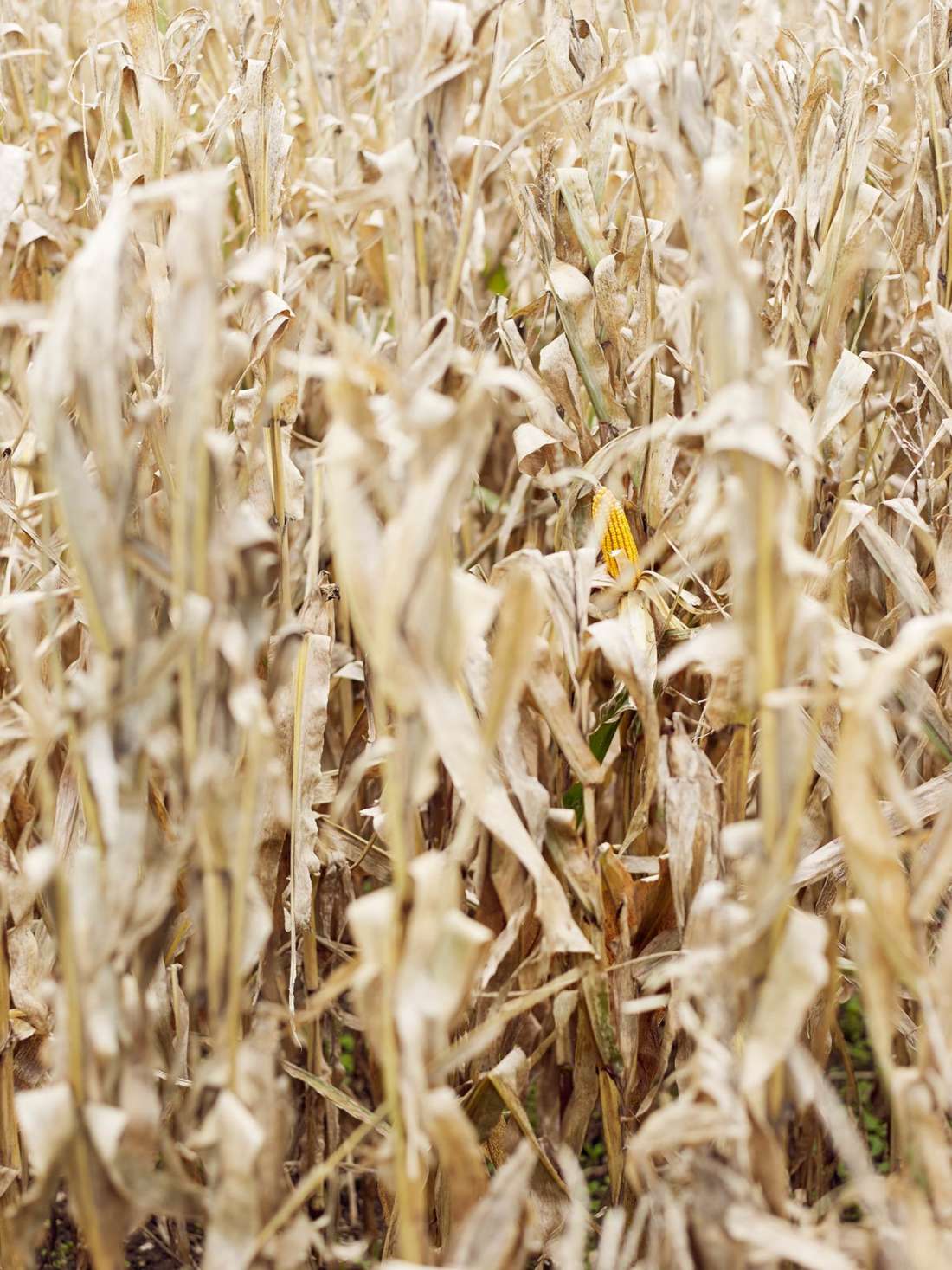
Not surprisingly, in constant pursuit of better practice and efficiencies Ben also farms — you guessed it — grain. We stopped by one of Ben’s maize fields, which he is particularly pleased with. Despite the challenging growing season that’s been so problematic for the neighbouring grape growers, Ben guesses a yield of at least 10 tonnes per hectare.
We then visit a retired 31ha olive orchard recently purchased to grow more maize. An enormous wood chipper which looks like a theme park ride sits beside huge piles of what were once olive trees. Most farmers would pull the trees out and burn them to clear the way, then depending on the quality of the soil apply a mixture of synthetic fertilizers to grow their crop.
But Ben isn’t like most farmers, he can’t afford to be. Under the organic standard he can’t use synthetic fertilizers, so he needs to find other ways to nourish the soil to grow the grains that feed his chickens. Mixed with the nitrogen rich chicken poo collected from the sheds once the chickens go to processing, the chipped olive trees, high in carbon, become a great organic fertilizer. You can see Ben and his brother George, who recently came on board, talking about this in a video on their Facebook page: www.facebook.com/bostocksorgan...
We don’t often think about what went into getting the food we eat onto our plates. Michael Pollan made famous the idea of considering what the animals we eat, eat. But if we want to move toward a more sustainable form of agriculture, ideally we will be thinking about what that’s eating too, the health of the soil we grow our food — or our foods, food — in.
While organic labels do indicate specific agricultural practices, there isn’t enough research to conclude whether organically produced food is nutritionally superior, but organically raised plant products do appear to have higher levels of certain trace nutrients. When used to feed chickens, it’s entirely possible these extra nutrients may increase the nutritional value of their meat. Bostock’s chickens haven’t yet been nutritionally analysed, but I imagine this is something they will eventually do.
The conventional system relies almost entirely on nitrogen and phosphorus fertilizers, raising massive sustainability issues. The vast majority of the phosphorus we use in intensive agriculture comes from finite mines in one country, Morocco. Scientists are now saying our use, “must be drastically reduced in the next 20 to 40 years or we will begin to starve.” New Zealand needs no introduction to the repercussions of overusing these synthetic fertilizers. Nitrogen and phosphorus used to make pastureland for dairy farming more productive have leached into our groundwater which we’re now seeing leads to loss of species, algal blooms, contaminated drinking water, and other problems.
It could be argued that compared to conventional broilers, Bostock’s chickens are environmentally more of a burden. They take up more room, live longer and eat more. But by turning what conventional farmers consider waste into valuable resources, to fertilize the feed Ben grows organically a few kilometers down the road, they’re a whole lot more sustainable. What’s most promising is that utilising all possible resources and closing the nutrient loop doesn’t only make sense from an environmental perspective, but commercially as well. If we want to change the way we produce food, we need to do more than prove it’s better for us and the environment; we need to show the numbers stack up. If Ben can show that the organic method can work financially, we may see other farmers follow suit.
We also visited Bostock’s year old purpose built processing facility, which Ben designed himself. We arrived after the birds had been killed, but were able to see, and take photos of them being boned and packaged. It’s here that the business is really focused on efficiency, to get Bostock’s chicken to market at the most competitive price. “We’re wanting our customers to only be paying more for our chicken because of how they’ve been brought up — the organic feed and the much smaller flock sizes and densities — all the other processes we want to be just as efficient.”
The new infrastructure has seen processing costs drop from around $10 to $5 per bird, leading to a drop in wholesale prices of around 20%. Once they leave the farm most of the processes involved in getting them into boxes are the same for Bostock’s chickens as their conventional counterparts.
However, there are two things that might make all the difference, apologies for the blood and guts. Conventionally, chickens are hung alive by their feet from shackles, then electronically stunned before having their throats cut. One can imagine how these chickens might react once forced into this unfamiliar upside-down position, and the effect it might have on the quality of their meat.
Bostock’s chickens are left in their transport crates and passed through a CO2 chamber, before being hung unconscious by their feet. The CO2 is expensive, but for a farmer focused on quality and animal welfare, it’s worth it.
Once the feathers are removed, the chickens need to be cooled to inhibit the growth of any bacteria, the most popular method is spin chilling, chickens are dropped into a huge tank of water kept at 0 degrees. Chlorine is used to lower the microbial count, required for food safety (this chlorine reacts with and sticks to the fat in chicken which is why it’s been banned in Europe), then they’re put straight into the bag or boned to become breasts, thighs, drumsticks or wings. If you’ve ever wondered what all that liquid that comes with your chicken is, it’s water from this process.
Ben uses what he calls “the European premium method”; chickens are passed through a bath of peracetic acid, which doesn’t leave any residue on the bird, then air dried.
Depending on current orders, anywhere between 20% to 40% of Bostock’s chickens are sold as whole birds, the rest as cuts which find their way to different markets. On our visit they were packaging whole legs for My Food Bag’s gourmet offering. Unlike most of their other meat suppliers Bostock’s are allowed to put branding on the packets, My Food Bag seemingly proud to be serving an organic brand.
Because of their growth — like with sheep and beef — Bostock’s now have to look elsewhere for a large enough market to sell the parts of the chicken we don’t want here, like feet and frames. For the last six months Ben has been exporting to Hong Kong, Tahiti, Australia, Papua New Guinea and the Philippines. A bird in a frozen container costs 20 cents to get halfway around the world to Hong Kong, LESS than getting them to Auckland. Go figure.
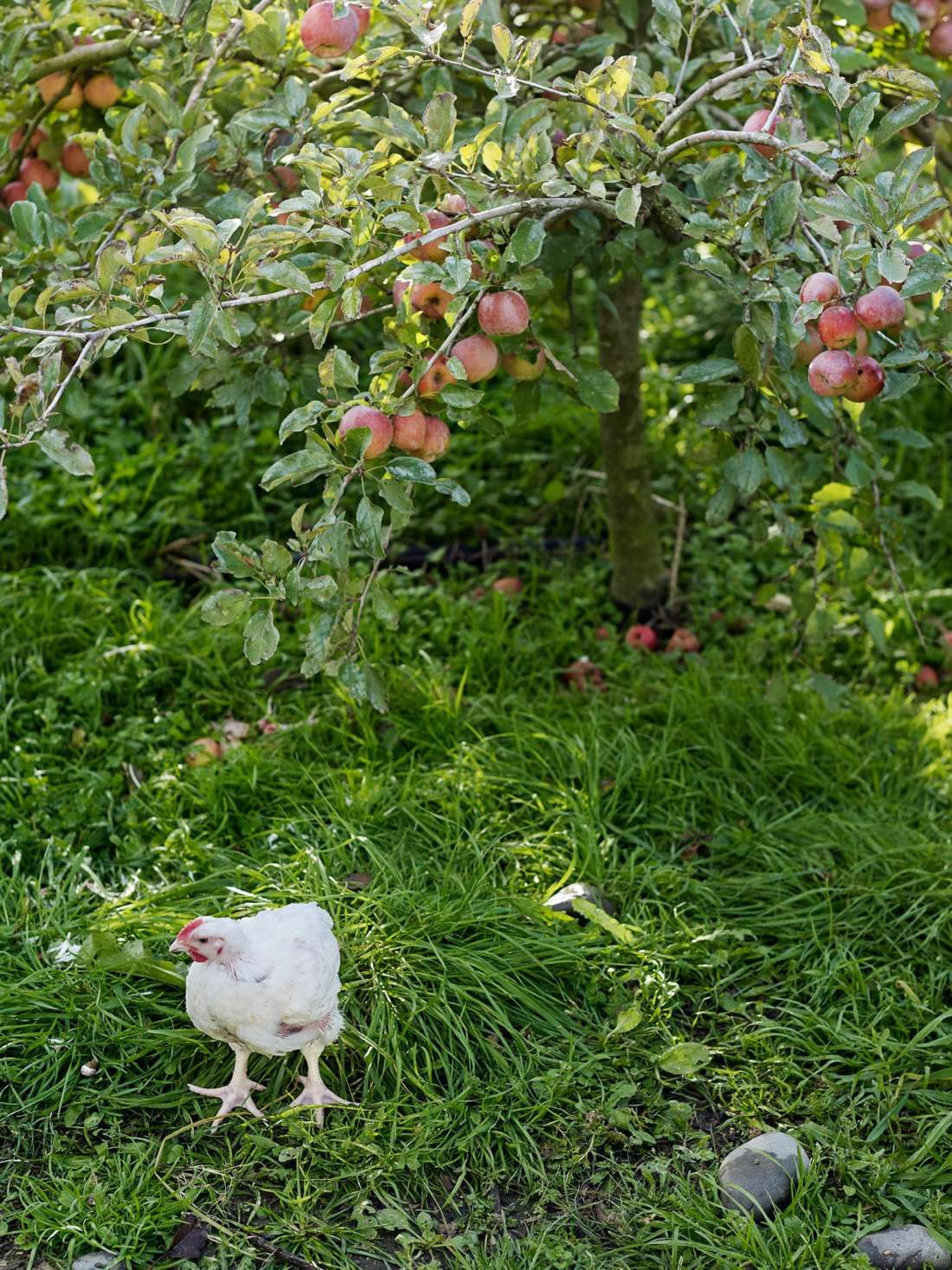
Feedback is that the Bostock’s product is far superior; top chefs from restaurants like Craggy Range and Clooney are proud to serve it. This is particularly interesting because the breed Ben uses — the Cobb 500 — isn’t any different to his conventional competitors, the second most popular breed of meat chicken in the world. These birds are bred to grow quickly and efficiently, but Ben tries to slow them down to improve flavour and quality.
So what could be achieved in terms of flavour and nutrition with a bird that is designed to grow slowly, eat less and forage more? In the United States a small outfit called Emmer & Co. “raise slow-growth chickens on pasture and pasture only”. They are served at restaurants like The French Laundry in Napa, so I’m guessing they’re delicious.
Ben has always been interested in a slower growing chicken that produces denser meat, and has already trialed a breed called Kabir, which live for a couple of weeks longer and eat slightly less per day. Some of these birds made it to the shelves of Farro, but were rejected by the market because of the colour; they have black feet and legs. The other problem with Kabir, or any other breed, is availability. The commercial hatchery that provides Bostock’s their day-old chicks at around $1 each don’t supply other breeds. Hatching his own chicks because of his relatively small scale, would cost Ben around $4 per bird, so the numbers don’t work. Ben suggests, “Our best bet would be to convince them to import these heritage breeds and use their vets, systems and latest incubators to do it.”
To give some indication of how Bostock’s see their business growing, and how invested they are in their future, they are currently processing two to three thousand chickens over three days each week. Their new facility has capacity for ten times that. I asked Ben to what extent Tegel and Ingham’s knew of his existence. “Very little,” he said, “It would be like a New World being aware of the corner dairy down the road.” One executive apparently said they were producing, “laughable volumes”. That’s no surprise considering at their current capacity Bostock’s would produce just over 1% of New Zealand’s poultry, which boggles the mind when you see the scale of their operation.
But is this all about to change? Are we about to see the likes of Tegel bring out an organic offering? My feeling is that organics in this country is where craft beer was ten years ago – a market with clear potential and a few good operators, but without the data or volume to get the bigger players excited. What differs between craft beer and organics is that there is a standard, and producers are audited. So if New Zealand’s largest chicken factories want to switch over they can’t (fingers crossed) cut corners, and then use clever marketing and packaging to convince us they are clean and green. In the organic chicken game, Lion can’t buy a top New Zealand craft brewery then change the recipe to dumb it down for the masses.
What Ben has achieved in such a short time is really impressive, and the impact it could have in blazing the trail for other producers, growers and markets should not be underestimated. Proponents of sustainable agriculture often consider scale a bad thing, and that smaller farms will provide greater security over our food. But for Ben scale could mean Bostock’s can access a new breed, providing the opportunity to introduce New Zealanders to a completely new product. A truly free-ranging heritage breed that lives for a reasonable length of time foraging on pasture, may just taste so good that we can finally go back to eating chicken like we do our red meat – on its own, or without the chicken tonight.
In the meantime, there’s a strong case for splashing out and paying red meat prices for chicken. If you think chickens shouldn’t be soaked in chlorine, fed antibiotics or imported feed grown with chemicals, then buy organic. It’s probably better for you, and by making the most of every available resource and recycling nutrients it’s better for the environment too.
By Nick Loosley. Photography Aaron McLean.